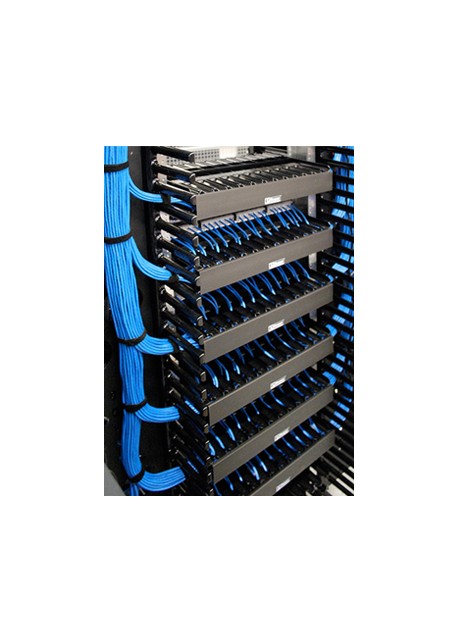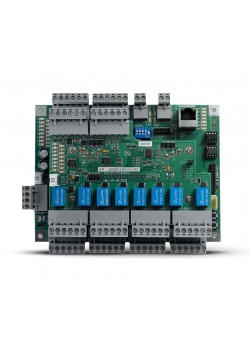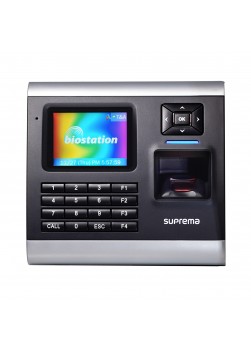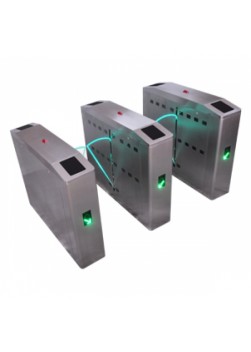Products Category
Top sellers
-

ENTRYPASS N-Mini2
* Firmware Upgrade Over Ethernet * User Counting * Event Based...
-

ENTRYPASS N5400.PSU
* Support 30,000 Users And 80,000 Event MemorySupport Single Doors / 2...
-

EBELCO Junction Box
* PVC Junction Box *
-

UNIDEN AS7101
* Redial function * Flash function * Wall mountable *
Viewed products
-

Network Cabling
"Please Call For Price"* Entrance...
Network Cabling
"Please Call For Price"
* Entrance Facilities * Equipment Rooms * Backbone Cabling * Horizontal Cabling * Telecommunications Rooms * Work-Area Components *
New
Network Cabling
Structured cabling is building or campus telecommunications cabling infrastructure that consists of a number of standardized smaller elements (hence structured) called subsystems.
Structured Cabling Falls Into Six Subsystems:
- Entrance Facilities is the point where the telephone company network ends and connects with the on premises wiring at the customer premises.
- Equipment Rooms house equipment and wiring consolidation points that serve the users inside the building or campus.
- Backbone Cabling connects between the equipment/telecommunications rooms, so named because the rooms are typically on different floors.
- Horizontal Cabling wiring can be IW (inside wiring) or Plenum Cabling and connects telecommunications rooms to individual outlets or work areas on the floor, usually through the wireways, conduits or ceiling spaces of each floor.
- Telecommunications Rooms or Telecommunications Enclosure connects between the backbone cabling and horizontal cabling.
- Work Area Components connect end-user equipment to outlets of the horizontal cabling system.
A structured cabling system is a complete system of cabling and associated hardware, which provides a comprehensive telecommunications infrastructure. This infrastructure serves a wide range of uses, such as to provide telephone service or transmit data through a computer network. It should not be device dependent. Every structured cabling system is unique. This is due to variations in:
- The architectural structure of the building, which houses the cabling installation;
- The cable and connection products;
- The function of the cabling installation;
- The types of equipment the cabling installation will support - present and future;
- The configuration of an already installed system (upgrades and retrofits);
- Customer requirements; and
- Manufacturer warranties.
- The methods we use to complete and maintain cabling installations are relatively standard. The standardization of these installations is necessary because of the need to ensure acceptable system performance from increasingly complex arrangements.
ENTRYPASS Mini
* Ultra compact size * Support various operation modes (Card, Card+Pin, Pin Only) * Intuitive operation menu *
ENTRYPASS L3800.PSU
* Support 8 floors by default (expendable to 136 Floors max) * Support timezone control bypass for individual floor * Support up to 4 readers max *
ENTRYPASS HIO
* Support up to maximum of 16 inputs & 16 outputs * Support dual mode communication (Modbus Serial & Modbus TCP/IP) * Support both open and close trigger devices *
SUPREMA FaceStation
* Intelligent face recognition * 4.3 inch touch screen LCD * Power over ethernet * Videophone interface * Face/Card/PIN authentication *
SUPREMA BioStation T2
* 5-inch Touchscreen LCD * Face Detection with Built-in Camera * 1:3,000 Matches in 1 Second * Embedded Web Server * TCP/IP, WiFi, PoE, RS485, Wiegand * Video Phone Interface *
SUPREMA BioStation 2
* Wi-Fi wireless LAN * Identifies 3,000 templates per second * 2.5" color LCD5-inch Touchscreen LCD *
SUPREMA BioEntry W2
* TCP/IP Ready * Built-in Relays * RF Card Options *
SUPREMA BioMini Plus 2
* World's best performing fingerprint algorithm : Top results in NIST MINEX tests and FVC * FIPS 201 certified template extractor and matcher * NIST certified interoperable template format standards (ANSI-378/ISO19794-2) *
SUPREMA Xpass Slim
* Multi-smartcard reading * Switchbox-sized, slim design * IP65 dust & water protection * TCP/IP, RS485 & Wiegand *
SUPREMA Xpass
* TCP/IP Ready * Wiegand/ RS485 Interfaces * IP65 Waterproof * Power over Ethernet *
VIGILANCE TA818
* Fingerprint reader with durable and highly accurate optical sensor * Stores 1,500 templates, 5,000 cards and 30,000 transactions * Reads Fingerprint and/or Card *
VIGILANCE ER1200
* Professional Design * High Speed Performance * IP65 Rated Structure * Fingerprint Identification * RFID Verification * Weather Proof *
VIGILANCE VF700
* Multiple Verification Modes * 3.0″ TFT Touch Screen * Fast and Accurate Identification Algorithm * Good Performance in Dark Environment * Full Access Control Features * Easy Installation and Connectivity *
VIGILANCE VA200
* Small and Simple fingeprint door lock design for offices and warehouses * No optical coating – no maintenance on the optical lens * 2″ TFT LCD Color Screen *
VIGILANCE VT330
* Instant Review Transaction in the reader * High-efficiency fingerprint identification algorithm * TCP/IP network port/Support network segment * Support USB downloading *
VIGILANCE VT400
* 2.8″ Color TFT Screen * Fingerprint Identification & Pin * SSR Attendance Report * Plug & Play * Built-in USB Port * TCP/IP Network *
VIGILANCE VF680
* Professional facial identification * 3.0″ TFT Touch Screen * Fingerprint Identification * RFID Verification * Infra-red optical system * Support USB Downloading *
VIGILANCE VS4000
* Small form factor * Excellent scan quality * Encrypted fingerprint data * Latent print rejection * Rotation invariant * Rugged *
VIGILANCE TP103
* IN-OUT Reader – Capturing fingerprint logs for both IN entry and OUT entry * Anti-passback option – Prevent illegal entries to the high security premises *
VIGILANCE FLB130
* Compared to tripod turnstile * Flap barrier allow wider opening and more comfortable passage for pedestrian of any size * User can bring along luggage or big parcel to pass through * Flap barrier can also allow user on wheel chair to pass through *
VIGILANCE AR500U
* Enjoy the convenient of handsfree – no need fully stop to flash card * No more getting hand wet during rainy days or expose to robbery threat when winding down windows to flash card *
VIGILANCE BR630
* New modern gray design looks good * It lower speed 3 sec engine is optimized to be very affordable for site that requires medium traffic flow *
VIGILANCE BR660
* Offer the same full spare parts support for BR600 series as in BR500 series * You suddenly realized that making purchase decision for barrier gate does not seemed as easy as it looks *
VIGILANCE BR618
* Can help solve this problem with its 1.8 sec fast speed opening/closing at affordable price * More car can pass through as faster rate to effective reduce congestion during peak hours *
NEC SL-IP-ENCRYPTION LIC
"Please Call For Price & Detail"
NEC SL-IP-SIPTRK-1 LIC
"Please Call For Price & Detail"
NEC SL-IP-SIPEXT-1 LIC
"Please Call For Price & Detail"


































